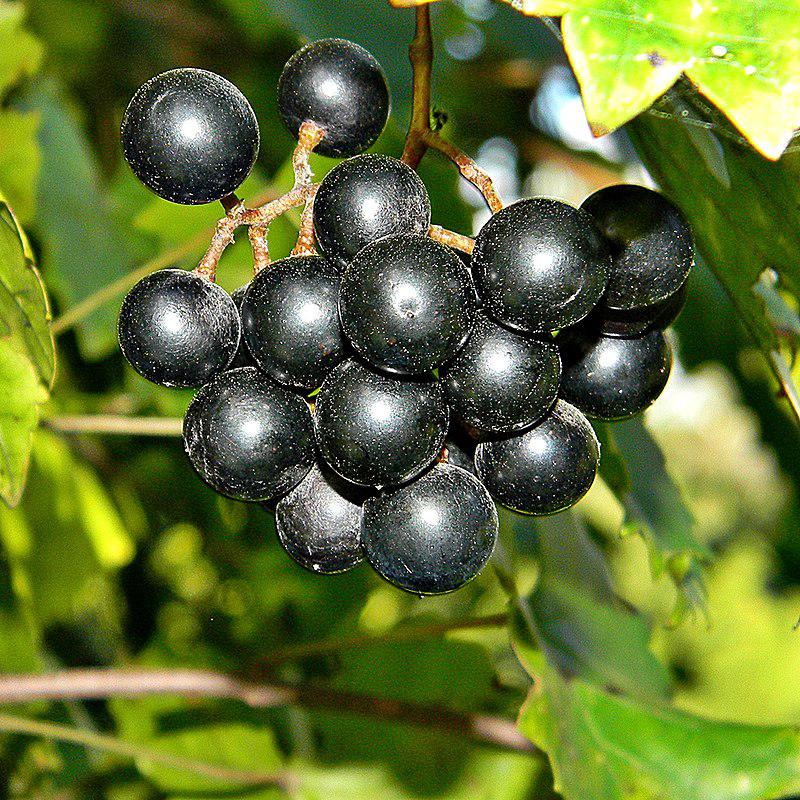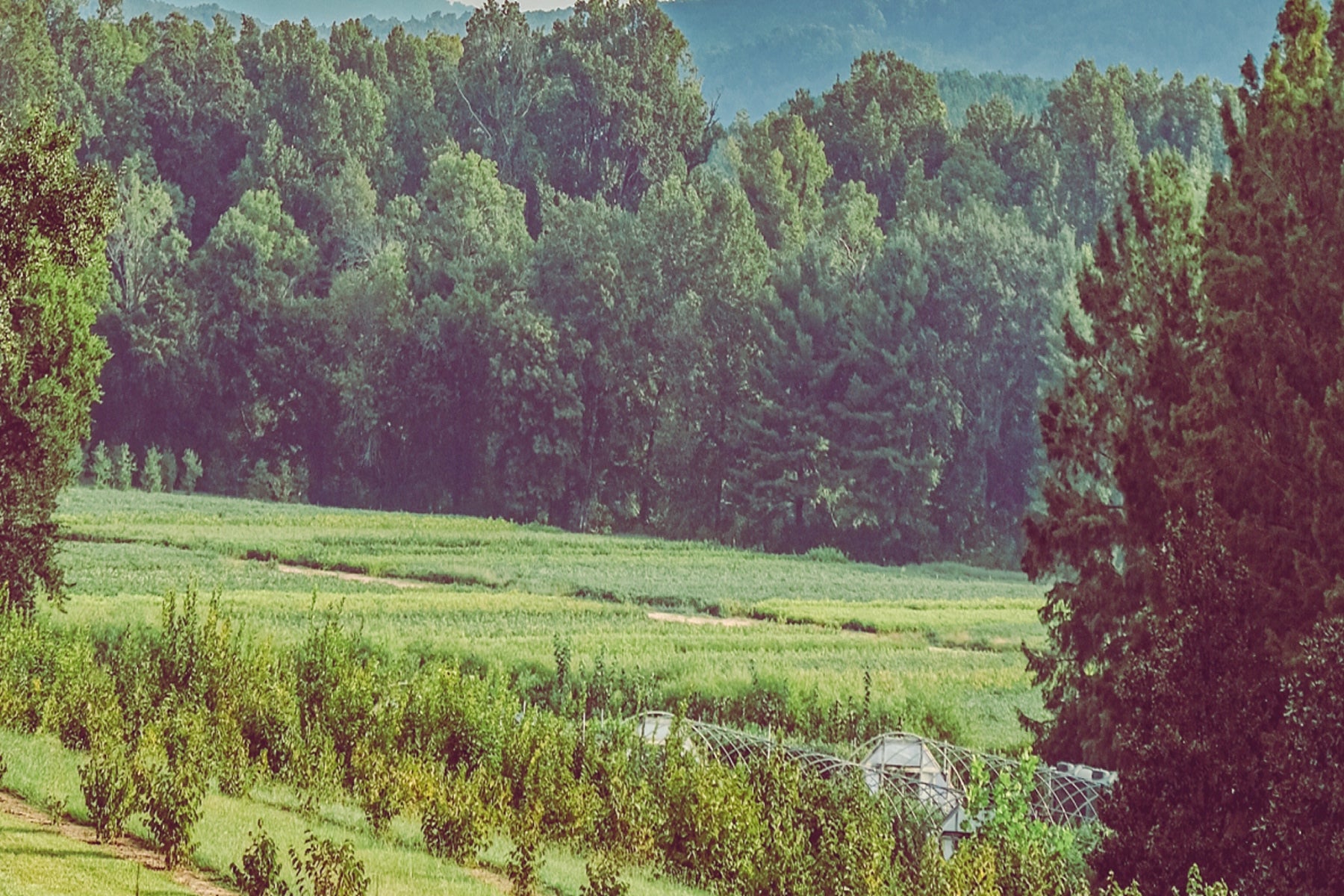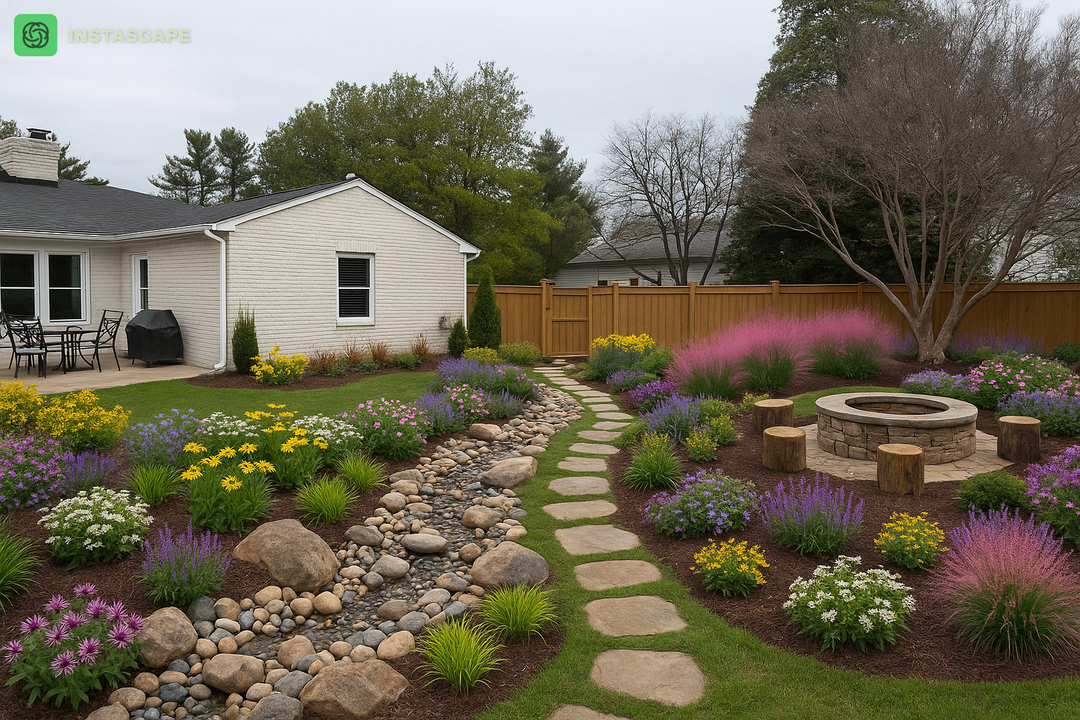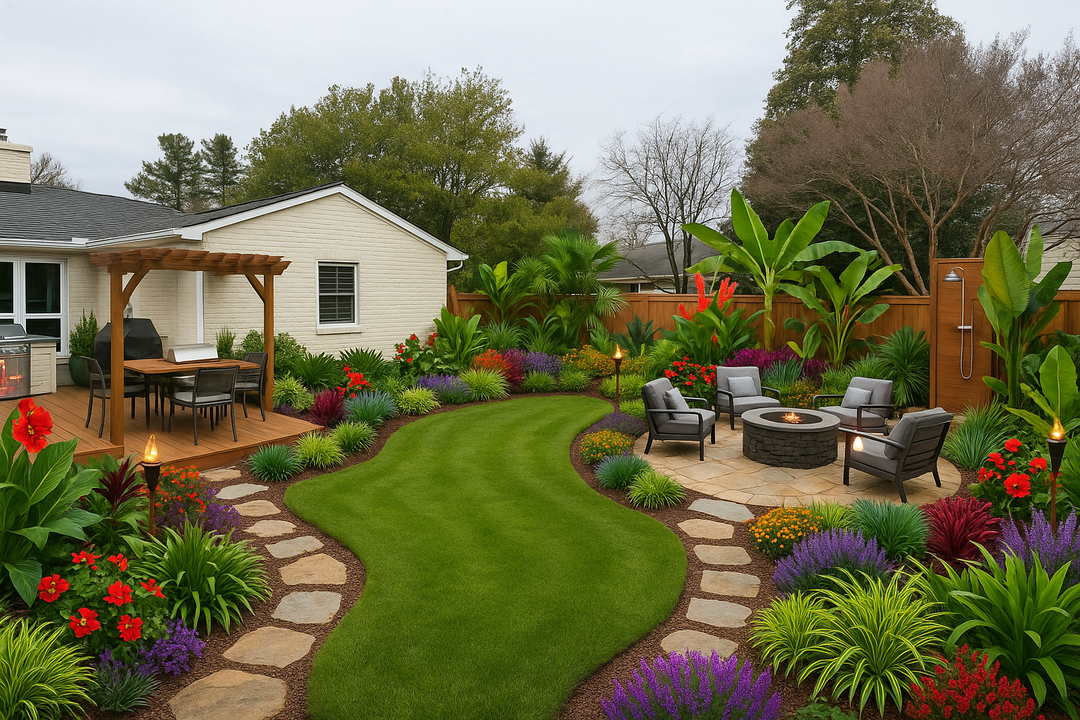Muscadine is a native deciduous climbing vine with a non-exfoliating bark that grows aggressively and produces large edible thick-skinned grapes. The shiny large broad leaves are dark green and bluntly toothed with shades of yellow to red in fall. Sort panicles of small greenish flowers grow on new growth and give way to the fruit in fall if pollinated. Muscadines are dioecious and need either both a male and female plant or a perfect flower cultivar to produce fruit. Grows best in full sun and moist well-drained soils. Pest resistant.
Though the same species, 'muscadine' is often used to refer to bronze/darker skinned muscadine, while 'scuppernong' is often used to refer to bronze/light skinned muscadine.
|
Type: |
|
|
Origins: |
Southeast N. America; GA Native |
|
Height: |
6'-8' |
|
Spread: |
60’-100' |
|
Spacing: |
60' |
|
USDA Hardiness Zone: |
6-10 |
|
Culture: |
|
|
Bloom Color: |
Green |
|
Season of Interest: |
MAINTENANCE NEEDS: Low Maintenance. Good drainage is essential. Most grapes have issues with pests and powdery mildew or rot if lacking air circulation.
LANDSCAPE USES: Accents or Group Plantings, Borders, Naturalized Areas, Wildlife Gardens, Edible Gardens, and Walls or Trellises.
COMPANION PLANTS: Fig, Blueberry, Blackberry
IMAGE: Bob Peterson from North Palm Beach, Florida, Planet Earth!, Wild Muscadine Grape (6003368320), CC BY-SA 2.0
*As plants have ranges in appearance they may not appear as the images shown




















































